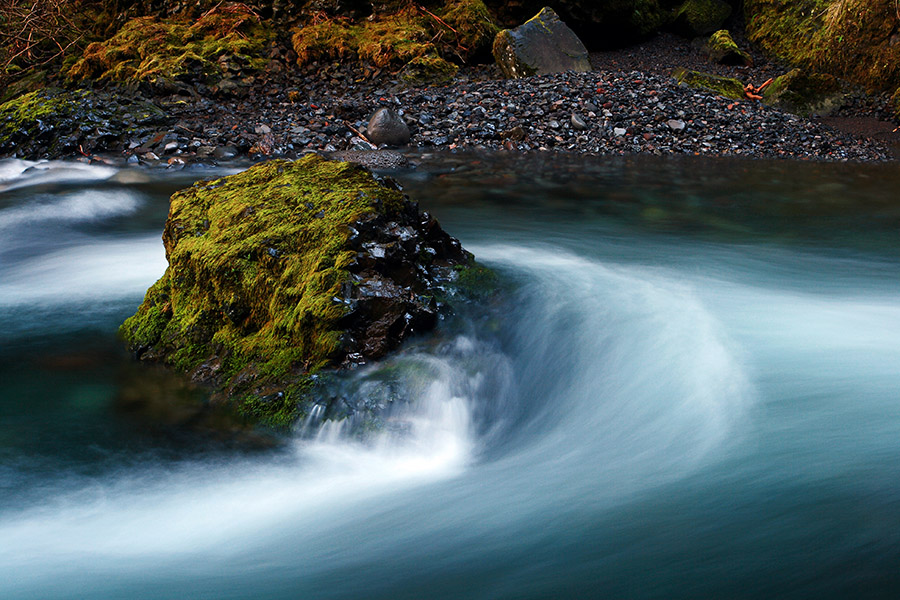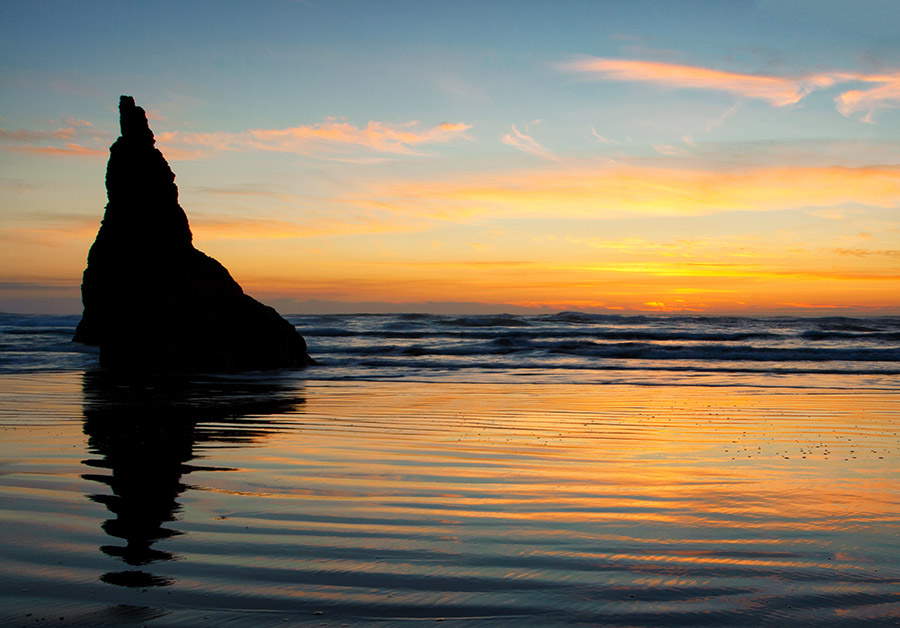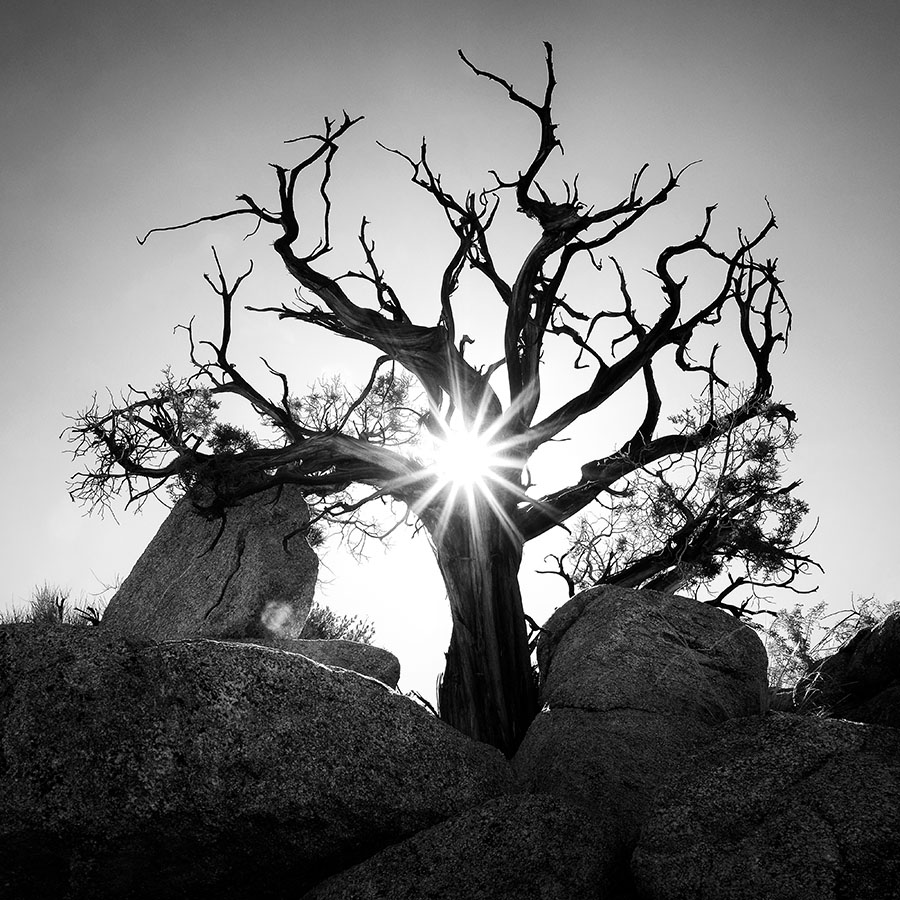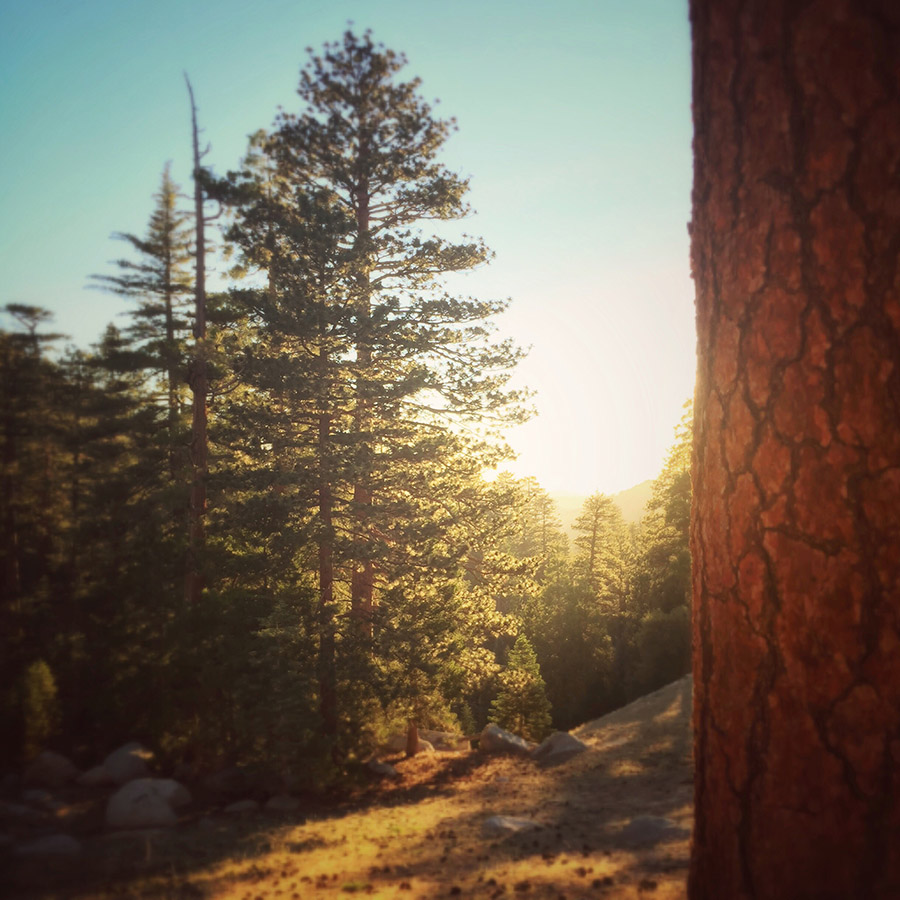 A photograph is a still frame of a precise moment in time. So, although a photograph can’t show motion in the same way that a video can, there’s still a way to illustrate or imply motion in a photograph. You might want to do this for a variety of reasons: maybe your subject moves a lot or you captured it while it was moving and you want to show that movement, or you want to show motion to give more action to a scene or help guide the viewer’s eyes. In those cases, here are a few ways to show motion in your photos: [Read more…] about How To Show Motion
A photograph is a still frame of a precise moment in time. So, although a photograph can’t show motion in the same way that a video can, there’s still a way to illustrate or imply motion in a photograph. You might want to do this for a variety of reasons: maybe your subject moves a lot or you captured it while it was moving and you want to show that movement, or you want to show motion to give more action to a scene or help guide the viewer’s eyes. In those cases, here are a few ways to show motion in your photos: [Read more…] about How To Show Motion
Setting Photography Goals

I always like to create a list of goals at the beginning of each year, and check in on those goals throughout the year. But, I’ve never really set any photography-specific goals before. So, for next year, I’m trying something new: for each month, I’m thinking of a specific image I want to create that month.
For example, for January I want to create a black and white image of a creosote bush (a common plant in the California deserts): either an image showing one of them blurred by the strong wind of the desert or a close-up that shows the contrast in their branches. For May, I want to photograph the silhouette of an oak tree on a hill, and maybe with a crescent moon in the sky. [Read more…] about Setting Photography Goals
How To Capture Starbursts

Starbursts are a nice dramatic effect you can add to your backlit photos. They’re also a nice way to add leading lines to your image, to help direct the viewer’s attention. For example, in the image above I purposely captured the starburst in the center of the frame to help direct the viewer’s eye outwards equally in all directions.
So how do you capture these wonderful things? Well, luckily it’s pretty easy: [Read more…] about How To Capture Starbursts
Fewer Photos, More Meaning

There was one painting of his that really moved me: Twilight In the Wilderness. The painting depicts a sunset over wilderness near Mount Katahdin in Maine, and was painted in 1860. The painting itself is beautiful. I love grand vistas that look down into a wilderness—they help remind me of how insignificant we all are (in a good way!), one of my favorite things about nature. But, I was moved by more than just the painting itself. After reading the description, I learned that Church debuted the painting by itself at a prestigious art gallery, instead of exhibiting it with paintings by other artists (which was the custom).
I really liked that he did this because it makes the painting more powerful. When it’s the only painting in a gallery next to a bunch of empty walls, it makes it seem more special and it makes viewers spend more time observing it. Instead of having a bunch of paintings in a gallery, that people would just casually walk by and observe for a few seconds, he had this single painting that would attract all the attention. It was like the painter said, “Here, this is the painting that matters. This is the most important work I created this year. Please take a look, and don’t hurry.” [Read more…] about Fewer Photos, More Meaning
Rethinking RAW vs JPEG
 Back in 2009, I wrote an article about the pros and cons of shooting in RAW vs JPEG. My basic conclusion of the article was that it usually makes sense to shoot in RAW, except for wildlife when you need to shoot a lot of images in a burst.
Back in 2009, I wrote an article about the pros and cons of shooting in RAW vs JPEG. My basic conclusion of the article was that it usually makes sense to shoot in RAW, except for wildlife when you need to shoot a lot of images in a burst.
Like many things in life, as I’ve learned more and gained more experience with photography, my thoughts on RAW vs JPEG have changed.
Now, I really appreciate the freedom you get with shooting in JPEG. What do I mean by that? Well, there’s two things about RAW files that have increasingly bothered me over the years: the filesizes are much bigger (especially as megapixel counts increase), and not all software supports the latest RAW formats. [Read more…] about Rethinking RAW vs JPEG
